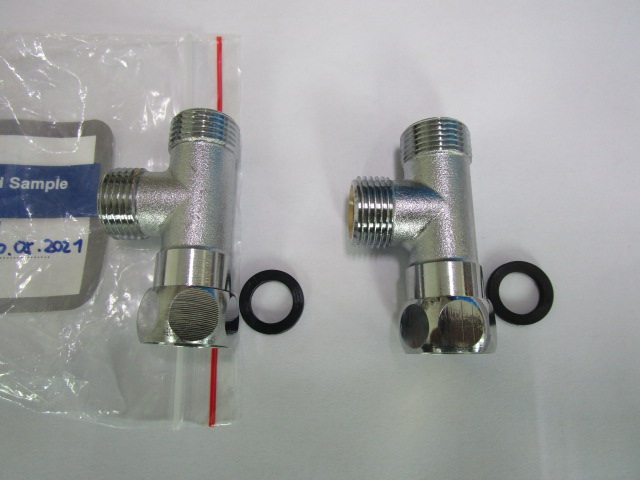
To ensure the quality and safety of floor mats, a comprehensive inspection process is necessary. This inspection can be categorized into examining different types of floor mats, understanding their quality requirements and international standards, and detailing how third-party inspectors conduct these evaluations. This article aims to provide an in-depth look at these aspects.
Contents
Types of Floor Mats
Floor mats come in various types, each designed for specific purposes and environments:
- Entrance Mats: Designed to capture dirt and moisture at entryways, these mats are critical for maintaining cleanliness. They are often made of tough, abrasion-resistant materials.
- Anti-Fatigue Mats: Used in workplaces where employees stand for long periods, these mats reduce fatigue with their cushioning effect.
- Industrial Mats: These are designed for areas where oil, chemicals, and other substances are present. They need to be resistant to these materials and provide safety and comfort.
- Decorative Mats: Aimed at enhancing aesthetics, these mats also offer some functionality in terms of dirt and moisture capture.
- Specialized Mats: Includes mats designed for specific uses, such as anti-static mats for electronic manufacturing areas to prevent static electricity build-up.
International Standards
The quality of floor mats is determined by several factors, including durability, safety features, material composition, and environmental compatibility. International standards that govern these aspects include:
- ISO 9001: This standard specifies requirements for quality management systems and is applicable to manufacturers of floor mats.
- ASTM D2859: This standard specifies the flammability of finished textile floor covering materials, assessing the flame resistance of mats.
- ISO 14001: Focuses on environmental management, ensuring that floor mat production minimizes harmful environmental impacts.
- EU Ecolabel: For mats sold in Europe, compliance with environmental performance criteria is assessed.
Quality Requirements
- Durability: Floor mats must withstand regular use without significant wear, tear, or degradation. This includes resistance to abrasion, tearing, and environmental factors such as UV light and moisture.
- Safety: Mats should have non-slip properties to prevent accidents, especially in wet conditions. They must also be designed to lay flat without curling at the edges to minimize tripping hazards.
- Material Health: The materials used in floor mats should not emit harmful chemicals or odors, adhering to health and safety standards regarding volatile organic compounds (VOCs).
- Environmental Impact: Preference is given to mats made from sustainable or recycled materials. They should also be recyclable at the end of their lifecycle to minimize environmental impact.
- Aesthetics: While functionality is paramount, floor mats should also meet aesthetic requirements, including colorfastness and resistance to staining.
Inspection Methods for Floor Mats
- Visual Inspection: The initial step involves a detailed visual examination to identify defects such as discoloration, uneven edges, and material imperfections. The overall appearance and quality of the finishing are also assessed.
- Physical Testing: This includes tests for durability such as abrasion resistance, tear strength, and flexibility. Mats may be subjected to simulated conditions to test their resilience over time.
- Chemical Testing: To ensure mats do not contain harmful substances, they undergo chemical testing. This can include tests for phthalates, heavy metals, and VOC emissions.
- Slip Resistance Testing: Slip resistance is evaluated using specific standards to ensure mats provide adequate grip under both dry and wet conditions.
- Flammability Tests: Mats are tested for their resistance to ignition and the speed at which they burn to comply with safety standards.
- Dimensional Testing: The size and thickness of mats are measured to ensure they match the product specifications.
- Environmental Testing: For mats claiming to be environmentally friendly, tests may include assessments of biodegradability, recyclability, and the environmental impact of their production process.
- Labeling and Packaging Inspection: Finally, the accuracy of labeling (including care instructions and material composition) and the quality of packaging are checked to ensure they meet regulatory requirements and are suitable for distribution.
By adhering to these quality requirements and inspection methods, manufacturers can ensure their floor mats are safe, durable, and environmentally responsible, meeting the expectations of consumers and regulatory bodies alike.




